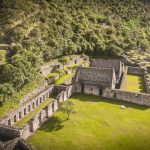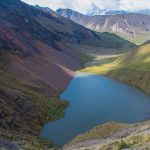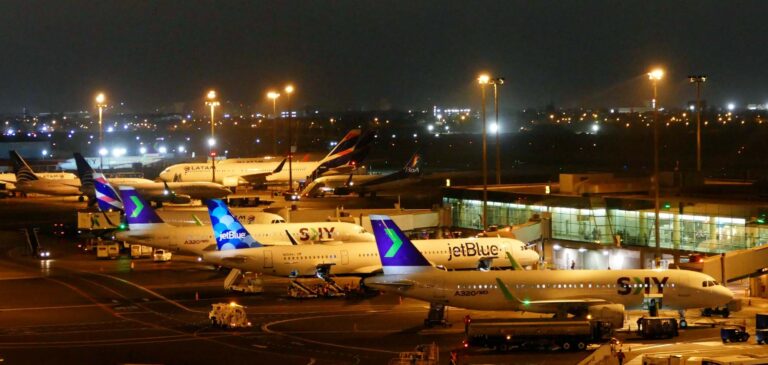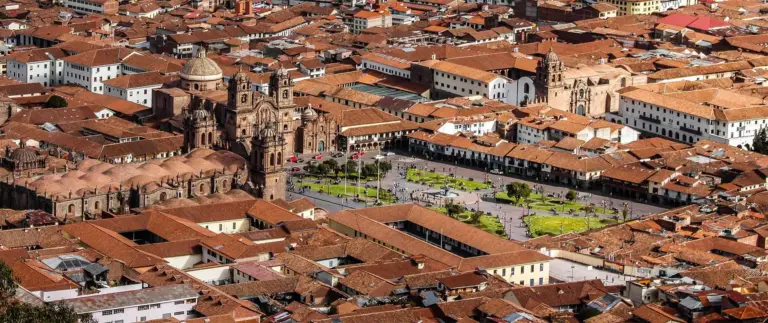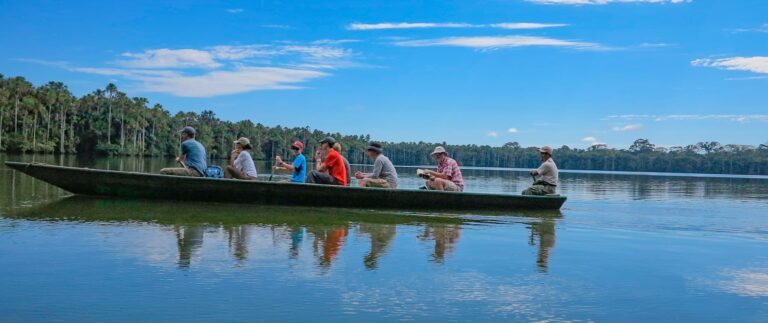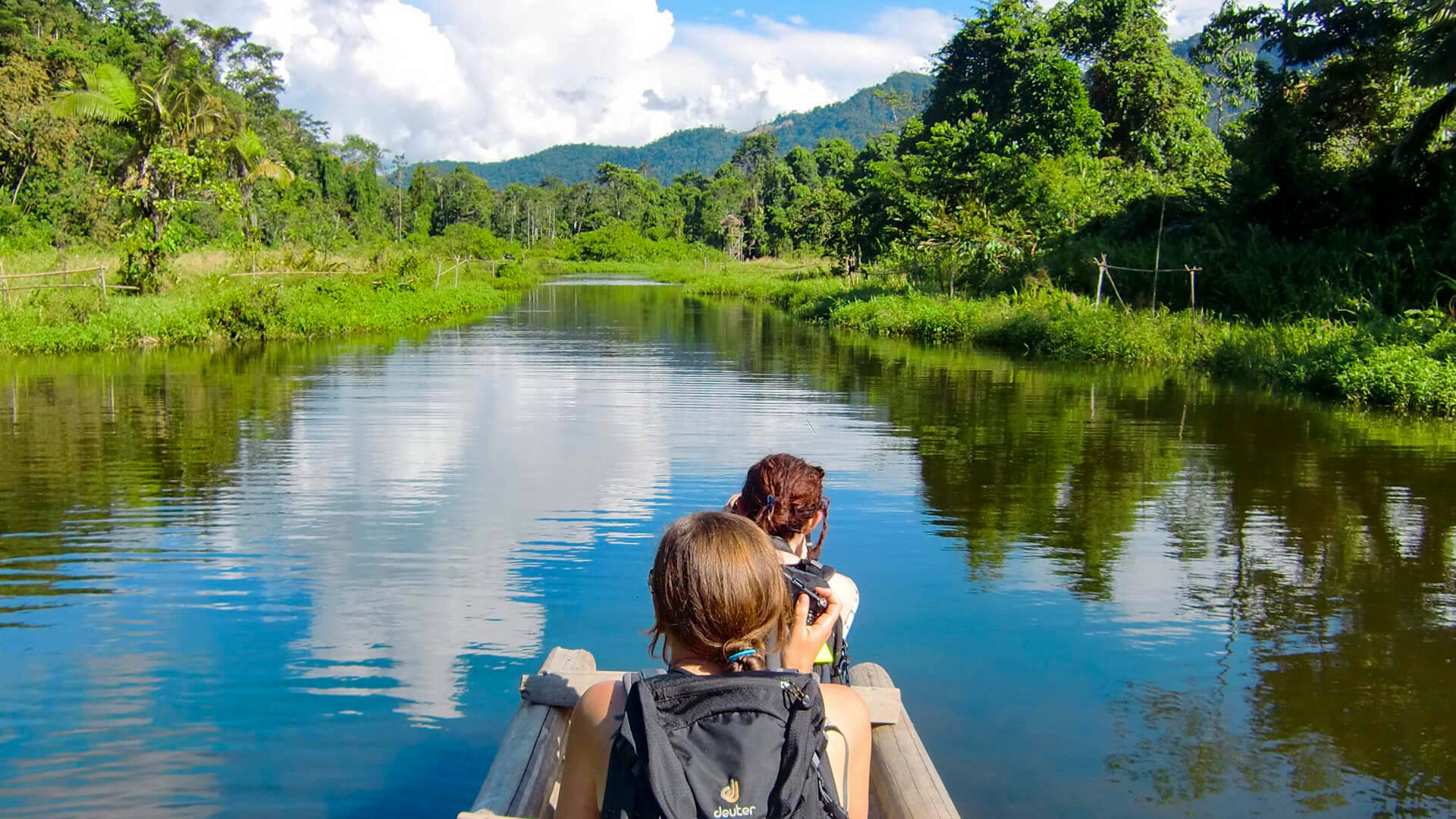
Overview
The largest natural reserve in southeastern Peru is the Manu National Park. This is world heritage site since 1987. Manu is known for the protection of flora, fauna and the different ecosystems within the part. Manu is part of the high Andean high Jungle which features, cloud forests, lowland jungle rainforests and Andean grasslands. It is said that Manu is the most biobiverse natural reserve on the planet. Manu includes 20000 different plant species and 4064 different animal species. A study has found that Manu National reserve ranks high in the world for reptile and amphibian biodiversity.
Elevation of Manu reserve start at only 300m where the Manu river merges with the Madre de Dios river. The highest point in Manu is 3800m at the top of Apu Kanahuay Mountain. Exploring the Amazon Jungle is on the bucket list for many people, Manu is a great place to familiarize yourself and get to know the rainforest.
How many zones are there in Manu National Park?
There are three zones in the Reserve the “Cultural or Buffer Zone”, the “Reserved Zone” and the “Core Zone”.
The “Cultural or Buffer Zone” is the smallest zone of the park and has a total of 120,000 hectares or (300000 acres) and is the starting point of the reserve. This area is the only area where visitors are permitted without some type of guide. It’s also where many local tribes live. There are some industries here that the small settlements engage in such as agriculture forestry and cattle raising.
The “Reserved Zone” takes up 257,000 hectares (635000 acres) and is part of the lower Manu river. This zone is for research and ecotourism. Although tourists are allowed in this area access is limited. If you are planning to go to this area be aware that you must be accompanied by a by a registered tour guide.
The “Core Zone” The biggest part of the Manu Reserve 1,532,806 hectares (3787000 acres), access is strictly prohibited for everyone except government approved anthropologists and biologists. This zone is for the preservation and rehabilitation of the flora and fauna native to the region. Home to the Cocha Cashu Biological Reserve this zone has absolutely no hunting, logging, habitat fragmentation, or any other human impacts. Because of this the Core Zone is one of the most pristine unaltered natural regions in the world!
Timeline: Historical Events
- 1968 – Manu National Reserve is founded
- 1973 – Manu National Park is founded
- 1977– UNESCO recognizes the region as a biosphere reserve defined by UNESCO as “learning places for sustainable development”
- 1987 – UNESCO recognizes Manu National Park as a World Heritage Site
- 2009 – Manu National Reserve total size increased to 1,716,295, 22 hectares/ 17,162, 95 km²
Demographics and Ecology
Demographics
There are many different native tribes within the boundaries of the Manu National Reserve. They have lived in relative isolation from the rest of society. Although they have maintained, for the most part, their hunter gatherer cultures many of these tribes are under threat from diseases, and violence from illegal miners hunters and loggers. Some of the know tribes include the Yora, Mashco-Piro, Matsiguenka, Harakmbut and Yine.
Manu National Park is home to the following species:
- Birds: Over 1000 species
- Butterflies: Over 1300 species
- Mammals: 221 species
- Reptiles: 132 species
- Amphibians: 155 species
- Primates: 14 species
- Fish: 210 species
- Bees: 650 species
- Plants: Over 20,000 species! (10% of all vascular plant species on the planet!)
A single acre can have up to 250 different tree species!
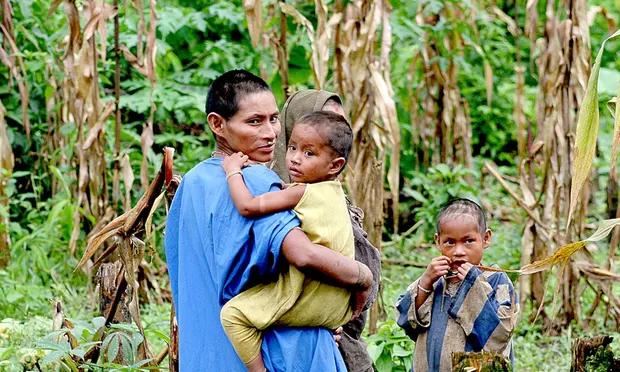
Flora
Because of the vast amount of different plant species there’s no way we could possibly list them all. There are over 162 families, 119 genera, 4385 identified species of plants and more than 1108 species of trees. Within the three different regions there many different types of plants that can be found. The main regions include, the Andean High Jungle, the Andean Cloud Forest, lowland Amazon Rainforest, and the Andean Grasslands
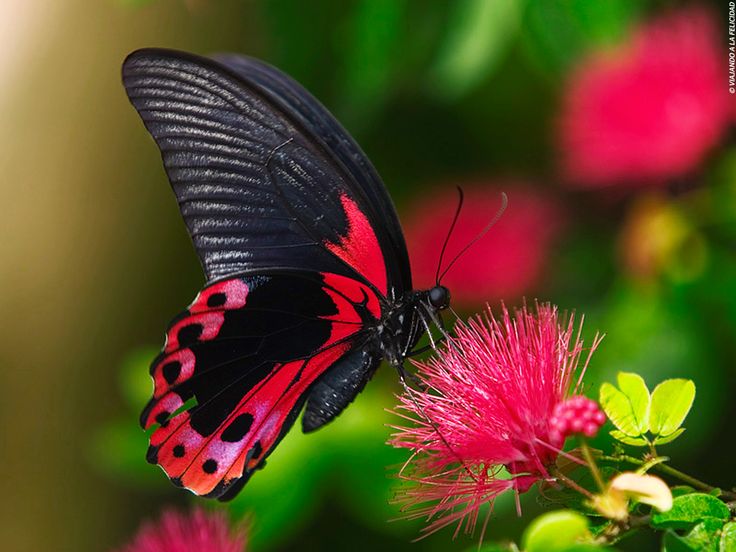
Fauna
A large part of the Manu National Park is in the Amazon Jungle. Because of this you’ll see many different and strange looking animals. From strikingly beautiful to terrifying, colorful and furry to weird and hairless there is a huge variety of critters to spot. Whether or not you see some of the more famous animals such as the jaguar and Andean-Cock-of-the-Rock (the pretty red bird on the right) your bound to be impressed by whatever animals the spirit of the jungle allows you to see.
In the grasslands and mountains there are completely different animals such as the Spectacle bear, Andean Fox, Guinea pigs, Giant Armadillo, and much more. With so much biodiversity Manu is an animal lovers paradise. If you are dreaming of going to the Amazon to see all of these incredible creatures first hand Manu is one of the best options.
***FUN FACT: The Andean-Cock-of-the-Rock is the national bird of Peru
Sloth
There are two species of sloths that live in both Central and South America. They are identified by the number claws on their front feet. Both species look very similar with droopy eyes, round heads and small stubby tails. Generally Two-toed sloths are larger and tend to spend most of their time hanging upside down from tree limbs. Three-toed sloths tend to sit upright in trees rarely hanging upside down. The classic face masks of the three-toed sloths makes it seem like they are constantly smiling. They also have more neck vertebrates than their two toed cousins allowing them to turn their heads almost all the way around similar to an owl.
Collared Anteater
A descendant of the Giant anteater the Collared Anteater or “southern tamandua” is found in many regions in South America and the Island of Trinidad. Commonly found in many different regions and environments it mainly hunts for its prey near streams and waterways
Capybara
One of the internet’s favorite animals I hope you get a chance chance to see one of these strangely cute little creatures. The largest rodent in the world they spend much of their time in the rivers and streams of the Amazon. Also known as “Carpincho” Capybaras are extremely social creatures and can be found in groups numbering as much as 100 but, usually are found in groups around 10 to 20.
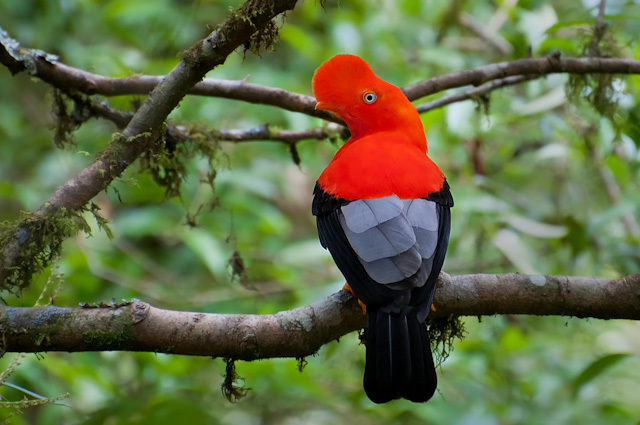
Geography
Covering an immense 1,716,295.22 hectares (17,162.95 km2) Manu National Park is located in the southeastern part of Peru where the Andes meet the Amazon Rainforest. Although the park is entirely in Peru it does border Brazil and Bolivia. The entire Manu River Basin is within its boundaries but, it also has mountainous and grassland regions.
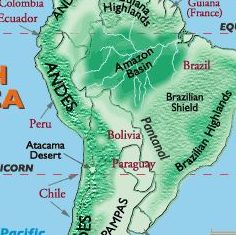
Weather
Being mainly in the Amazon Rainforest the weather is what you would expect from any rainforest, lots of rain. In the rainy season from December to April there are very heavy rains nearly every day. The the dry season from May to November, the rains let up a bit but its still common to have showers throughout the week.
In the rainy season the temperature tends to be a bit cooler however the difference in temperature year round is around the same. The cooler temperature bring much needed relief from the heat of the dry season. Dry season temperatures average from 36°C/ 97F in the day to 18°C/64F at night with humidity usually exceeding that of 70%. In the rainy season the average temps are around 30°C/ 86F during the day and 14°C/57F at night. Generally, the dry season is very hot and humid and the rainy season is cooler with rains nearly every single day.
***PLEASE NOTE: During the rainy season it can be more difficult to get to some of the regions due to landslides.

